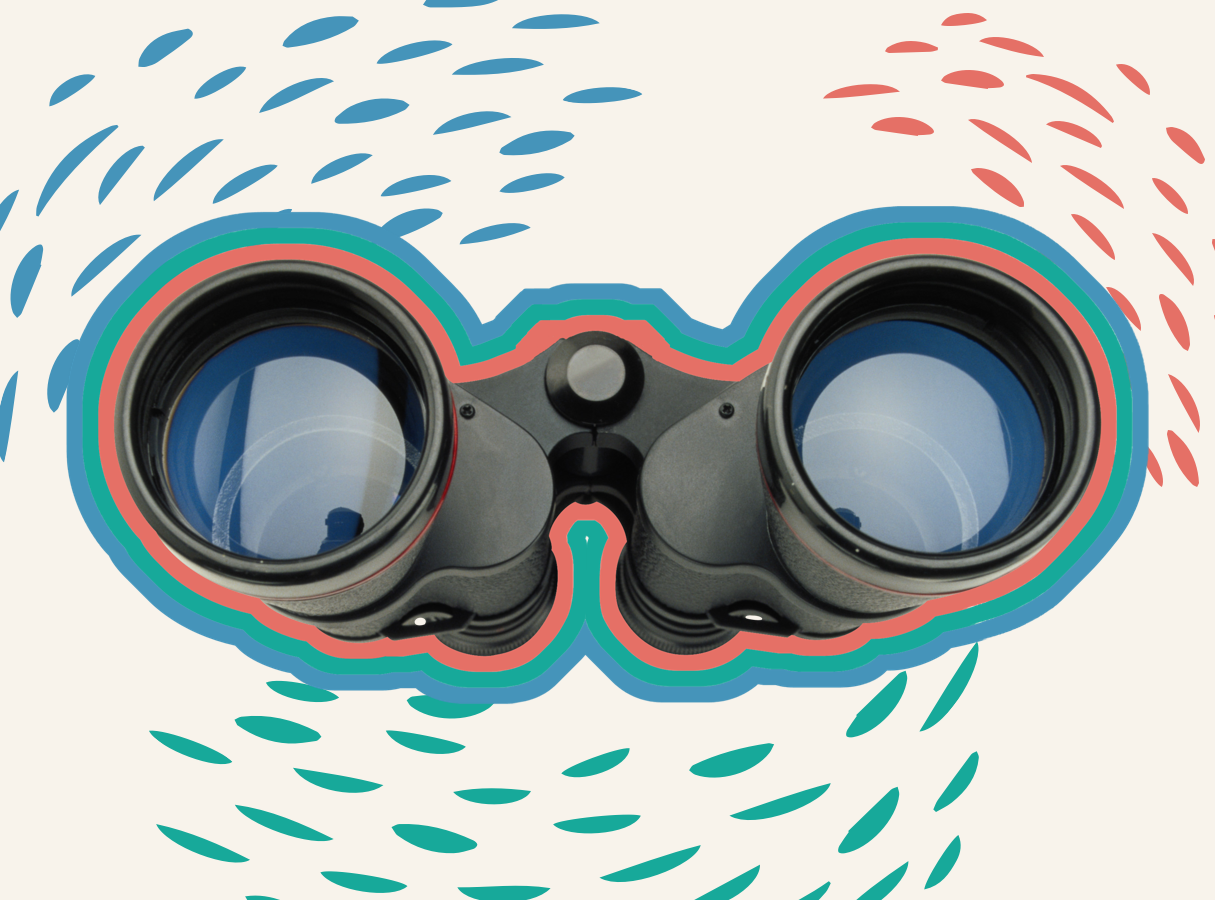How to use CBD Oil
CBD SIDE EFFECTS
Many studies prove the effectiveness of CBD treatment of various conditions, and most conclude that it is safe and virtually free of side effects. A 2011 review paper concluded that, although further testing is needed, controlled cannabidiol administration appears to be relatively safe and nontoxic in humans and animals, without affecting food intake or physiological parameters like heart rate, body temperature, or blood pressure. According to the research review, high doses of up to 1,500 mg/day.
Cannabis products containing THC, the compound responsible for the “high” associated with cannabis, have more contraindications and cautions associated with them. We will cover these below as well, since most products contain at least a small amount of THC, and some have higher ratios. It’s important to note that, while most people do not experience the side effects associated with THC when taking CBD-dominant products (20:1 ratio or higher), some patients may be sensitive to small amounts. For this reason, it is recommended to always start with a micro dose and go up from there until symptoms subside.
Keep in mind that all cannabinoids are nontoxic, non-lethal medicine. Researchers have failed to find a lethal acute dosage of cannabis and have found that the doses of long-term cannabis required to produce toxicity and death in animals were so high it would be nearly impossible for a human to consume such quantities via ingestion or inhalation.
CAUTIONS AND SIDE EFFECTS
CBD and other plant cannabinoids can potentially interact with many pharmaceuticals, decreasing their effectiveness by inhibiting the activity of cytochrome P450, a family of liver enzymes. This key enzyme group metabolizes many commonly prescribed medications.
Most medications list a range of potential adverse side effects, and some of those lists are quite horrifying. The most commonly reported side effects of cannabis (mostly associated with high amounts of THC) are dizziness, dry mouth, nausea, fatigue, sleepiness, euphoria, depression, vomiting, diarrhea, disorientation, anxiety, confusion, impaired balance, impaired short-term memory, hallucination, and paranoia. Most people report that cannabis temporarily lowers body temperature slightly, though some report the contrary effect—we discuss more on this bidirectional quality of cannabinoids later in this section.
Cannabis strains that are high in THC can temporarily raise the heart rate for fifteen to twenty minutes. This condition, called tachycardia, subsides on its own, and does so faster when the patient stays calm. Indica strains appear to cause less tachycardia effects than sativa strains. CBD does not have this effect, and there is evidence that CBD is of benefit to patients with certain heart conditions. It is currently being studied for use in treating atherosclerosis, clogging of the arteries, which leads to cardiovascular disease.
CBD is not usually associated with these risks, it is advisable to avoid driving or using heavy machinery when starting the medication or adjusting the dose. Use caution when taking any cannabis medicine until you have sufficient experience with the medication that you feel comfortable engaging in activities.




